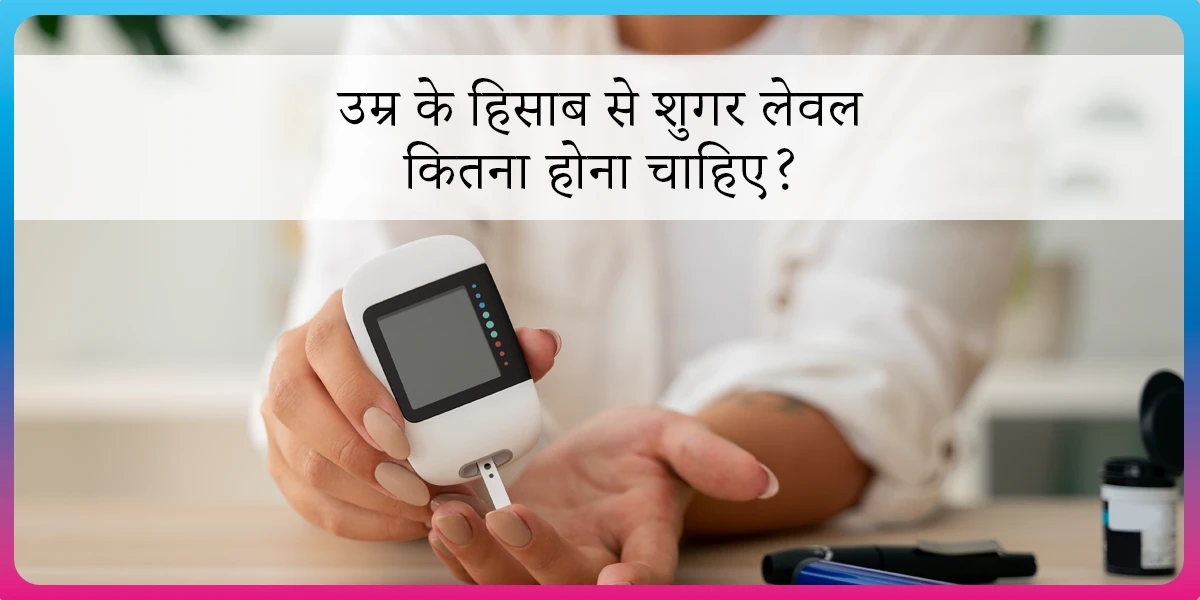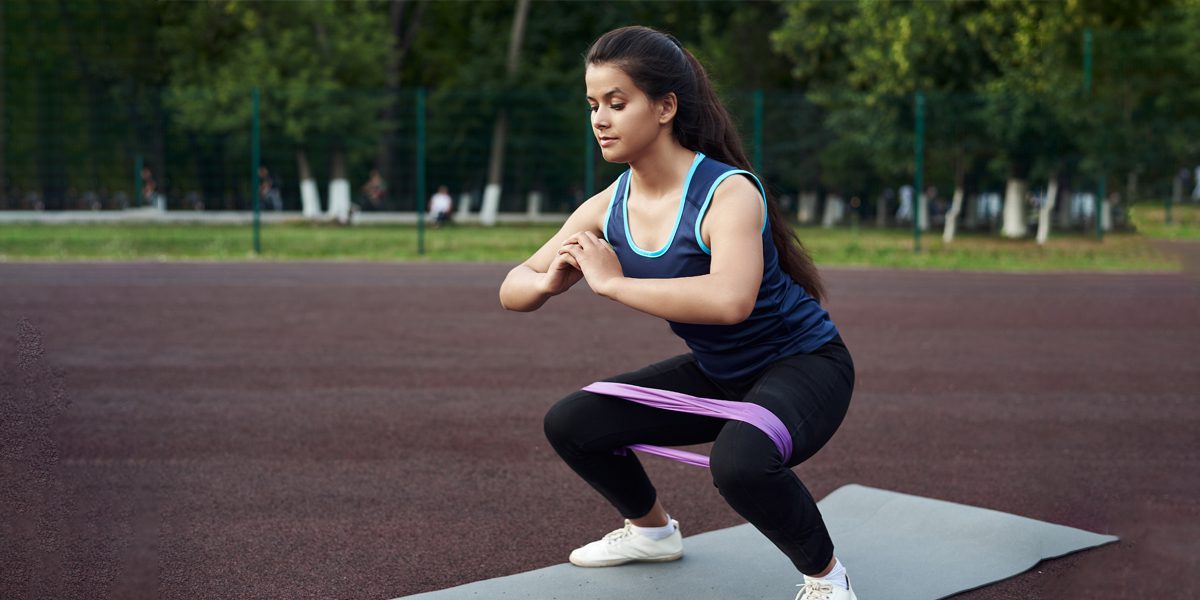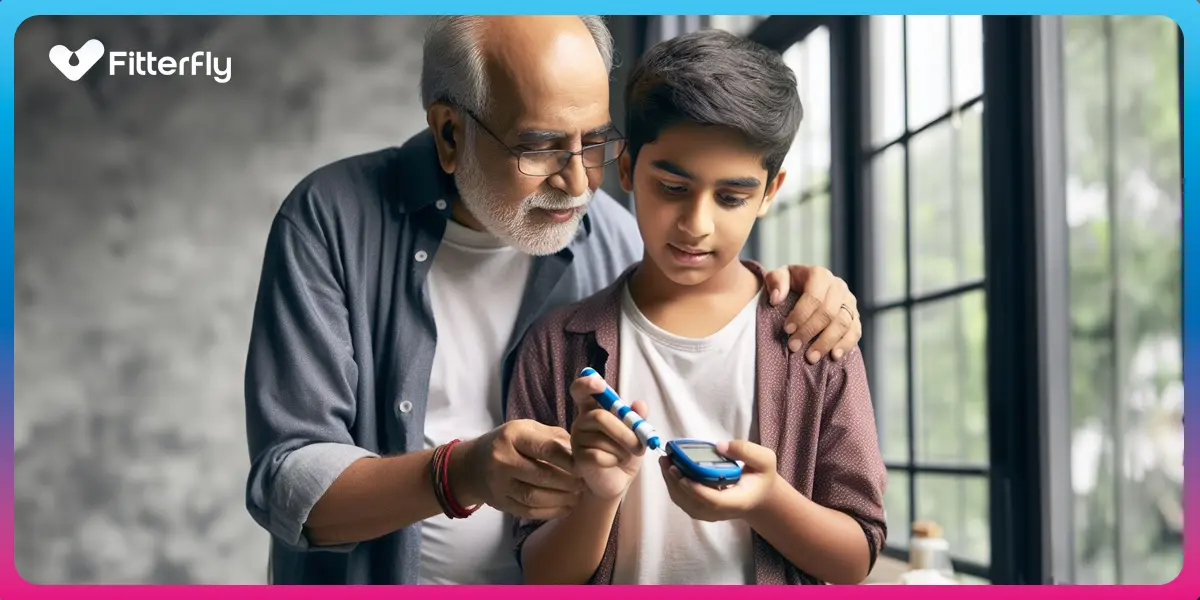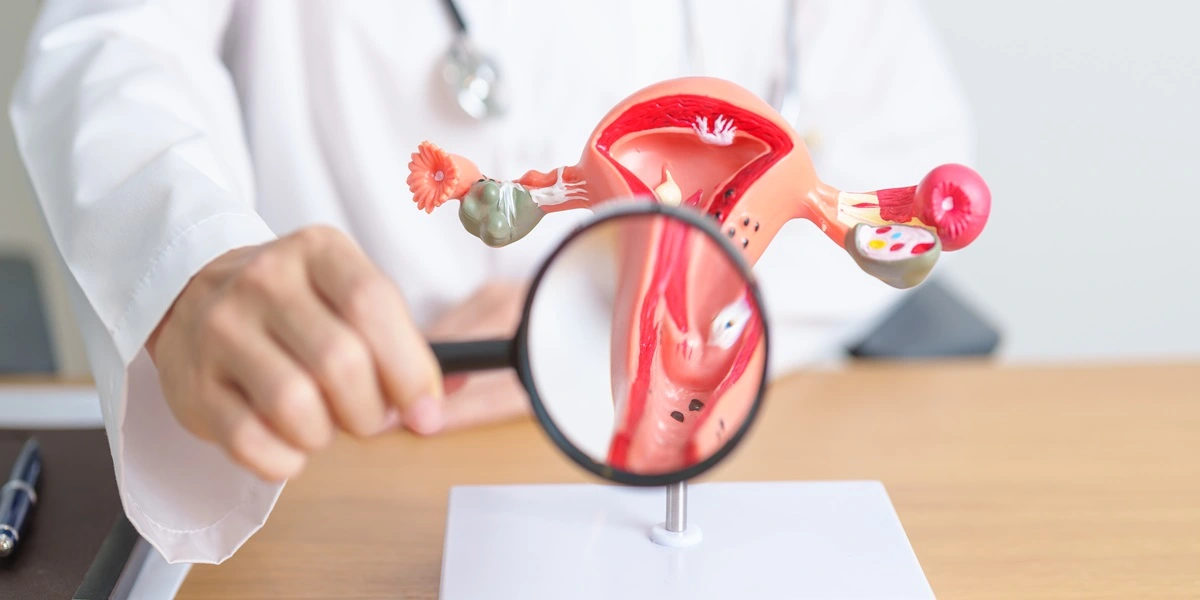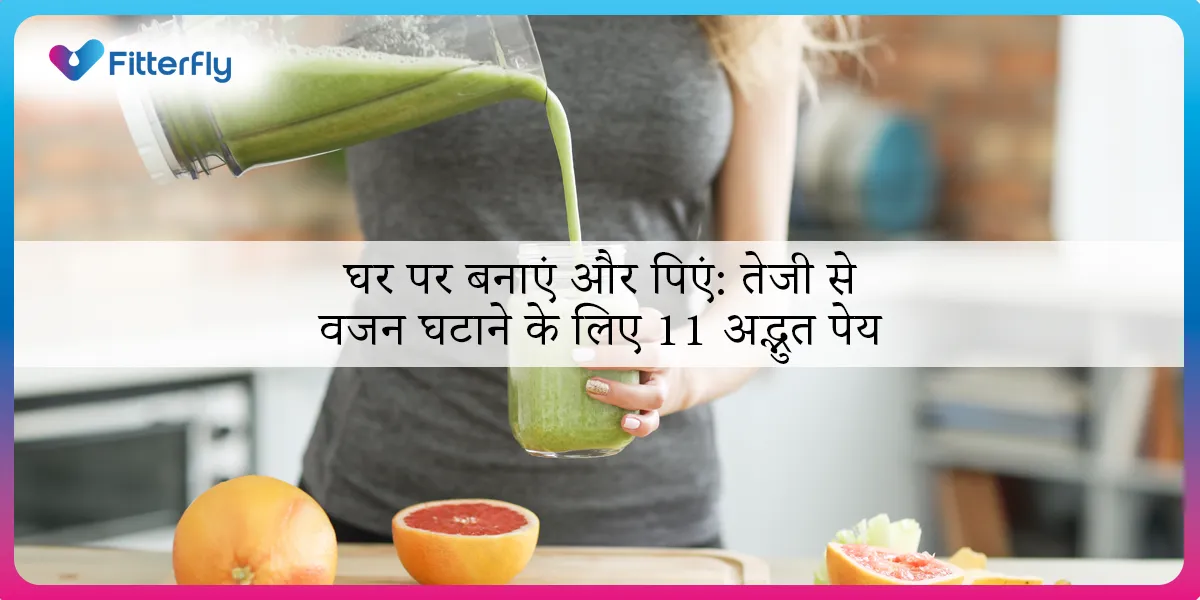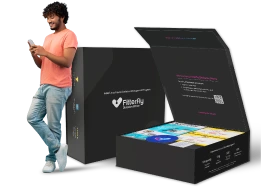Can People With Diabetes Eat Mangoes, Bananas, Grapes and Melons?
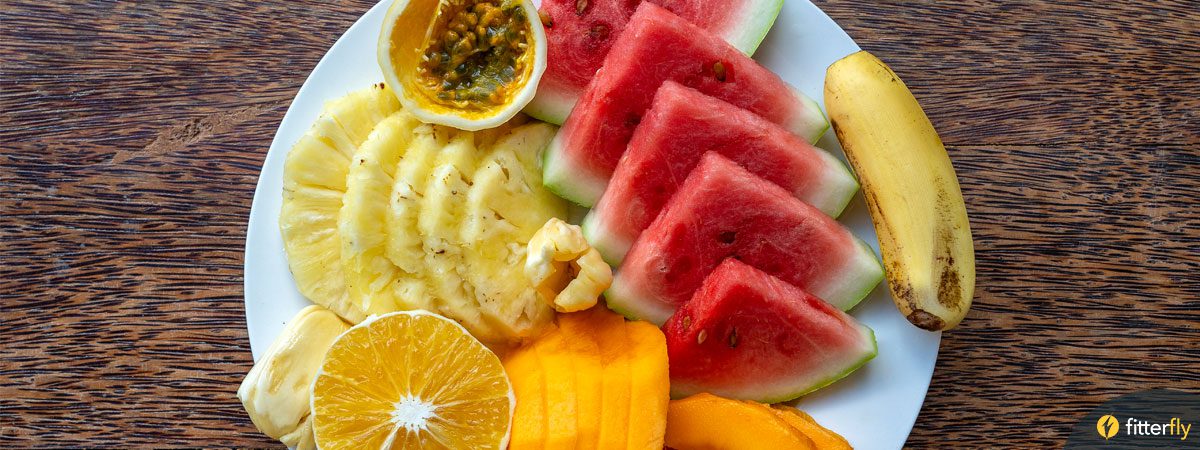
Busting the Myths: Should people with diabetes give up fruits completely?
Are fruits good for diabetes?
A lot of uncertainty exists with regards to fruits and if people with diabetes should eat them or not.
The sugar content of the fruits stops you from enjoying your favorite seasonal fruit which can cause your blood sugar levels to spike.
Does that mean you can’t eat it?
Fact: Everyone should eat fruits and vegetables and fulfill their five-a-day target, whether they are living with diabetes or not.
Fruits are a great source of fiber, minerals, and vitamins. They have the right mix of soluble and insoluble fiber for a smooth bowel movement and general well-being.
They are loaded with antioxidants and are thereby associated with a lower risk of developing many health conditions like high blood pressure, heart diseases, strokes, obesity, and certain cancers.
Can diabetes stop you from eating mangoes? n this video, our expert Shilpa Joshi will talk about the king of fruits, i.e. mangoes and how should they be consumed so that you enjoy your favourite fruit while balancing your blood sugar.
Making a place for fruits in your diet plan
Now that we’ve understood that fruits are good for you, let’s find out how to make a place for them in your diet plan.
American Diabetes Association (ADA) advises you to count fruit as a carbohydrate (carb) in your meal plan.
The recommended daily allowance (RDA) for carbs is 130 grams per day. The person with diabetes should take 45 to 60 grams of carbs per meal and 15 to 30 grams for snacks.
Your body converts the carbs you eat into sugar, thereby directly affecting your blood sugar levels.
To keep your blood sugar under check, you should eat fruits in moderation. It is advised to be wary of your serving sizes. Also, space out your fruit intake during the day.
This is just to make sure that you are not eating a lot of carbs all in one go, which could affect blood glucose levels after eating.
In addition to this, the different glycemic index (GI) of every fruit and glycemic variability (GV) of every person also has a direct effect on blood sugar levels.
GI tells us how much food boosts blood sugar. High glycemic foods result in a quicker spike in blood sugar, whereas low glycemic foods have a slower, smaller effect.
The variations in the blood glucose levels is called Glycemic Variability (GV). It varies from person to person. For every person, GV is different on different days and also different throughout the day.
Our expert nutritionist coaches can guide you further on the quantity of fruit to be consumed based upon your current blood sugar readings.
Mango: The king of fruits
It is a rich source of Vitamin A, Vitamin B-complex (except B12), Vitamin C and polyphenols.
Owing to its anti-inflammatory and anti-viral properties, it also boosts your immunity.
Glycemic index of mango
Although it has a low GI of 56. So, diabetes patient can eat mango but in moderation.
How many mangoes can people with diabetes eat in a day?
4 medium slices of mango have 15g of carbs in them. No more than 2-3 mango slices should be taken per meal.
The filler: Banana
Banana is loaded with soluble fiber and potassium. It can be a mid-meal option when combined with nuts. A banana of average size has 25 grams of carbohydrates and around 100 calories.
Glycemic index of Banana
Banana is good for diabetes as it has a low GI of 51. But you have to be careful about the quantity you will consume.
How many bananas can people with diabetes eat in a day?
You can consume one and half small bananas (elaichi kela) or half of a regular banana that has 15 grams of carbs each.
Do not combine it with a meal or put it into a blender, enjoy it as it is.
The Juicy Grapes
Packed with several nutrients and vitamins, grapes are unarguably one of the healthiest additions you can make to your diet.
They are loaded with a wide range of antioxidants that help your body to get rid of toxins.
The antioxidant content is the maximum in the seeds and the skin. So, don’t throw them away.
Glycemic index of grapes
Grapes also have a low GI of 44.
How many grapes people with diabetes can eat in a day?
You can consume about 17 small grapes which equal to 15g of carbs as a snack option.
Watermelon: The most iconic fruit of the summer season
Watermelon, the most readily available fruit of the summer season, makes it everyone’s favorite as well. Watermelon is high in water and low in calories.
It is an excellent source of vitamins A and C. It contains amino acids which help in reducing muscle fatigue. So having it post-workout has its own gains.
Glycemic index of Watermelon
Diabetes patient can eat watermelon as it has a high GI of 76. So people with diabetes should have it in balance and watch out for their serving size before eating it.
How much watermelon can people with diabetes eat in a day?
1 bowl of diced watermelon or 1 medium slice of watermelon (about 15 grams of carbs) can be consumed by a person with diabetes.
It can be eaten as a mid-morning or post-workout snack. You should avoid having it as a juice.
Muskmelon: A must for weight watchers
Owing to its high water content, muskmelons are great at keeping you hydrated and also aid in weight loss.
It has high potassium which helps in regulating blood pressure.
Glycemic index of Muskmelon
It has a moderate GI of 65. Muskmelon is good for people with diabetes
How much muskmelon can people with diabetes eat in a day?
People with diabetes can consume 150 g or 1 medium cup of musk-melon as a mid-morning snack.
FitterTake
- Fruits are rich in vitamins and minerals, and they should be part of every diet plan.
- People with diabetes should eat fruits in moderation, space them out, and must seek expert advice to prevent a rise in their blood sugar levels.
People with diabetes should count the carbs they eat at each meal or snack. A well-balanced diet with practical lifestyle modifications under expert advice will keep blood sugar levels under control.
Tired of living a life where you can’t eat what you love? Try Fitterfly – a Diabetes Management Program that offers personalised diet plans based on in-depth diet and blood sugar analysis.
We don’t restrict you from eating what you love and don’t make you follow bland, generic diet plans that are hard to keep up with.
At Fitterfly, we use data and science to come up with highly personalised diet plans that keep in mind your likes, dislikes, and cuisine of choice-making healthy eating an easier task!
Not only that, but Fitterfly also offers one-on-one support around physical activity and mental well-being to ensure that you get all-around support and the best results.
Interested to know more? Visit Fitterfly or call us on 08068507599 and speak to our Program Advisor today.
This blog provides general information for educational and informational purposes only and shouldn't be seen as professional advice.
Fitterfly's Diabetes Prime Program
clinical term for Diabetes Reversal





